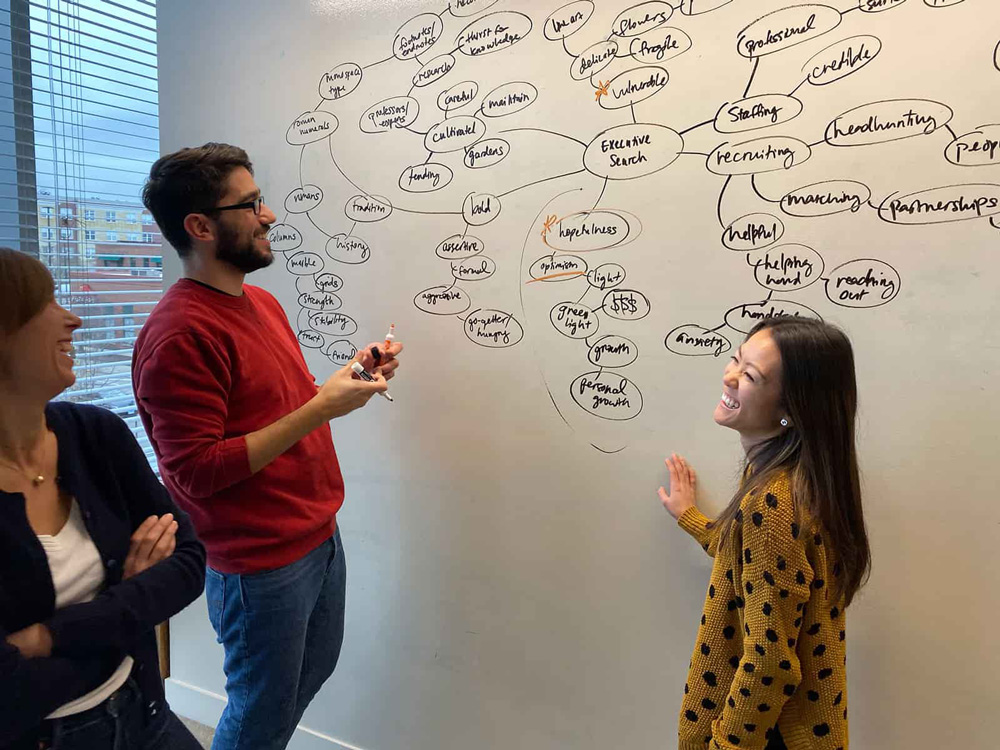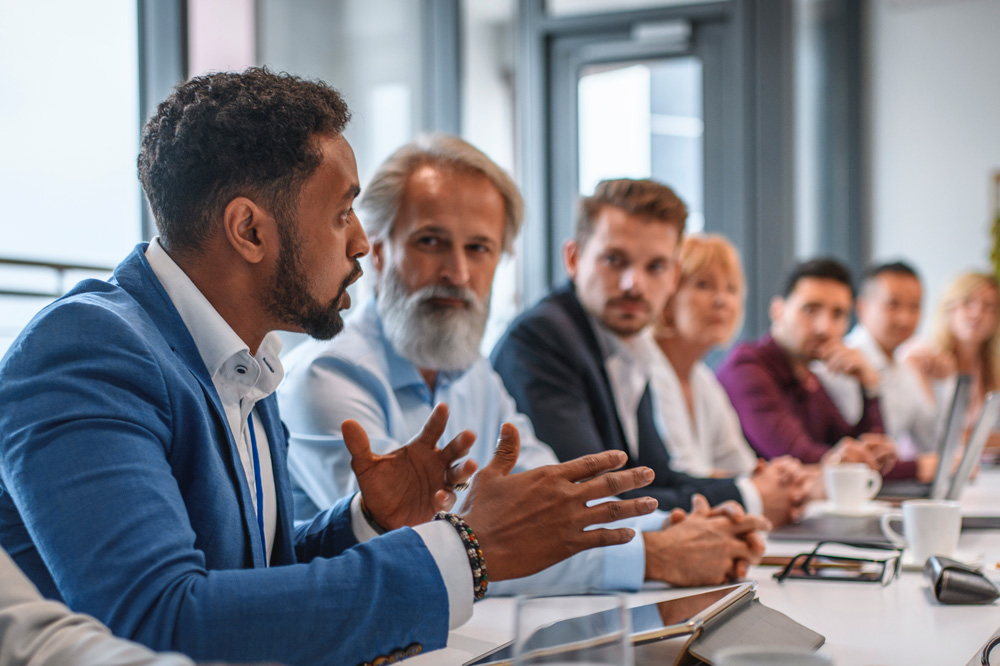Selecting Website Photography
WANT TO SEE MORE LIKE THIS?
Sign up to receive an alert for our latest articles on design and stuff that makes you go "Hmmm?"
Original Photography or Stock: Both Can Work for Your Website
When it comes to designing a company website, photography is almost always essential. Images help an audience decipher the message the company is trying to convey. Atlassian, a software development company, stated that “65% of the general population are visual learners.” If your audience fails to understand the words on a website, photography or illustrations can improve this.
For the sake of this blog, I will be focusing primarily on how photography aids in audience comprehension. Photos come in the form of either original or stock images. As a freelance photographer, I enjoy capturing original photos. They add a sense of freshness and authenticity, though I am not opposed to stock photography. When designing websites, there are benefits to using both, so let’s dive deeper.
Original Photography
Custom photography works to authentically capture a moment in time. While cell phone cameras continue to rival those of professional cameras, original photography usually requires hiring a professional photographer and someone to art direct the scene. Opting for original photography comes with a number of benefits including the following:
- Original photos can be far more creative than images you can find as stock.
- Outside companies or competitors cannot use the same photos without permission.
- Nothing compares to how original photos enhance your company’s culture, values, and personality.



The Drawbacks of Original Photography
Though the benefits of using original photography are extensive, downsides still exist. First and foremost, original photography is expensive. Once the photographer’s daily rate is factored in (which includes equipment cost, editing software, travel time, etc.) the cost can surpass thousands of dollars. For a highly-skilled photographer, the company will likely be paying between $100 to $250 per hour. Depending on the subject, the company may also need to hire a set designer, a stylist, or even a lighting professional.
Photographer Jennifer Opheim shares that although you can be creative when taking photos, challenging factors impact quality. Location, lighting, space, and editing of the shoot are variables. The final drawback of using original photography comes down to time—or the lack thereof. Selecting a photographer and location, scouting, prep, and booking talent can take weeks. An art buyer or photo representative can help, but the process requires time and logistical wrangling.
Stock Photography
Sometimes, the creative control of original photography fails to outweigh the time and cost. In these cases, stock images can be an effective alternative. You can buy stock photographs through a stock house where the images are either licensed or royalty-free. Royalty-free images are images that one is able to get the rights to but not own outright. Then, there is licensing. When someone licenses an image, they are buying the photo from the photographer or stock house, but only for a certain period of time. Additionally, the medium in which the image is to be used must be agreed upon by both the licensee and licensor. And you can only use the image in a predetermined medium.

The Benefits of Stock Photography
Affordability, access, and variety are all benefits that come with using stock images. Stock image prices can vary, but on the whole, are affordable. As stated by Stock Photo Secrets, on the low end, an image can cost as little as $ 0.50 or upwards of $1,000. This depends on the quality of the image or the membership someone decides to purchase. Stock images, even if they have to be altered, are huge time savers. An individual can simply go online to a supply house, buy the image, and then immediately have access to it. A final advantage to stock images: you are usually able to find what you are looking for due to the wide variety of options.

The Downsides to Stock Photography
The biggest drawback clients have with stock photography is their competitors can use the same images they use. Whether it be in the past or the present. With stock images, anyone can buy the same image another individual, organization, or company has used. Do a quick search on iStock for “professional growth” and an array of familiar if not cliched images will pop up.
Photographer Jennifer Opheim stated another downside. Stock photography can seem unoriginal or capture an unfit tone of a company’s personality. This is often because the images are staged and unnatural. Photographers of any caliber sell on stock websites, so it takes time to distinguish between high-quality, impactful photos or cheesy ones.

The old adage “a picture is worth a thousand words” still rings true when designing a website today. There is a range of advantages and disadvantages for both original and stock photography. With this in mind, which one should someone choose? My answer is either one.
At the end of the day, going with the option that aligns with the proposed budget, timeline, and capabilities is a safe bet.



